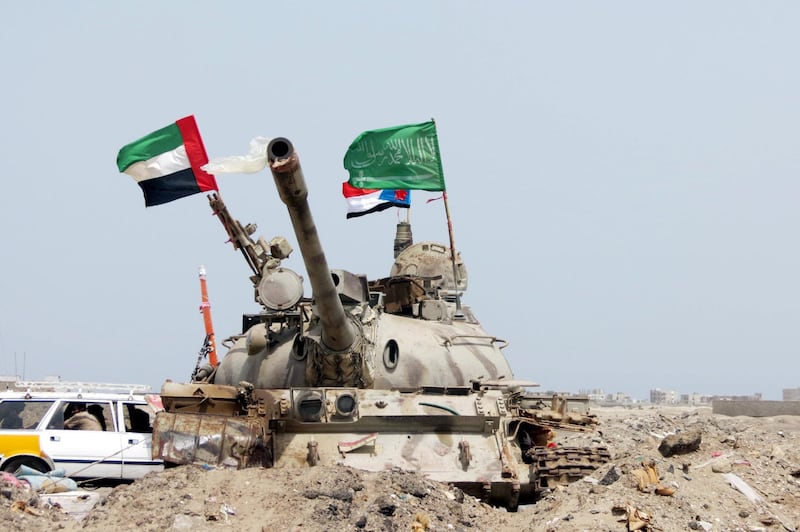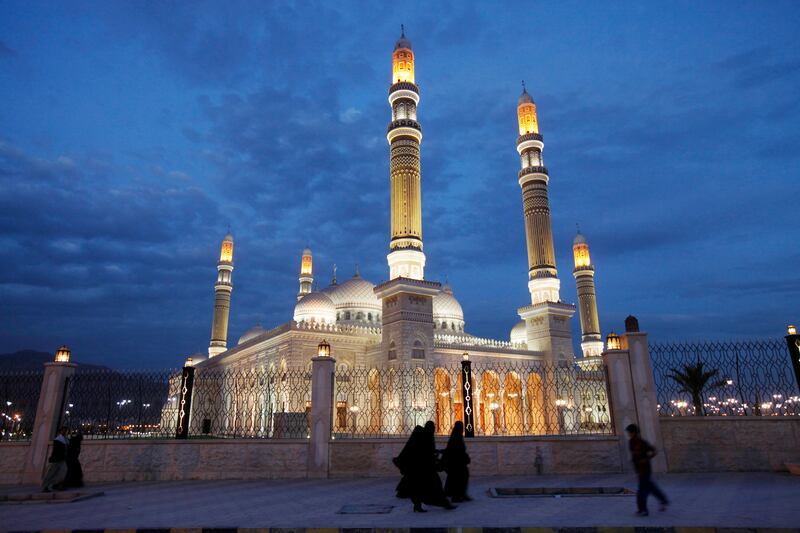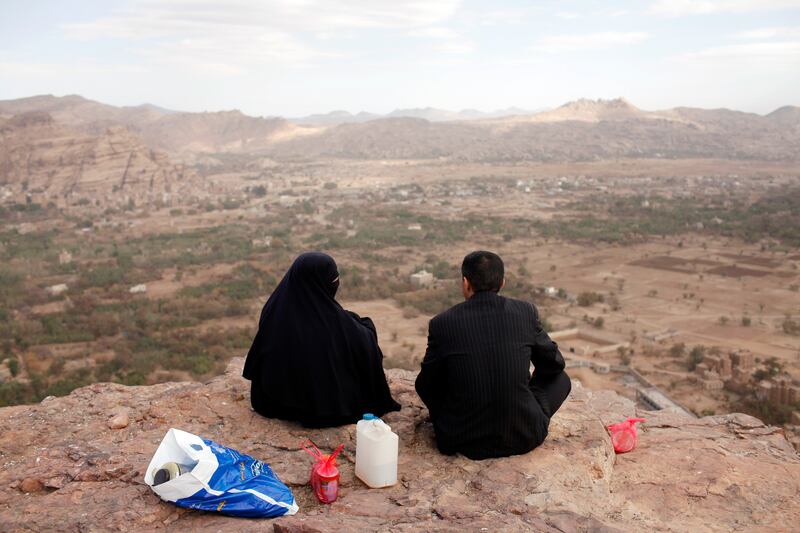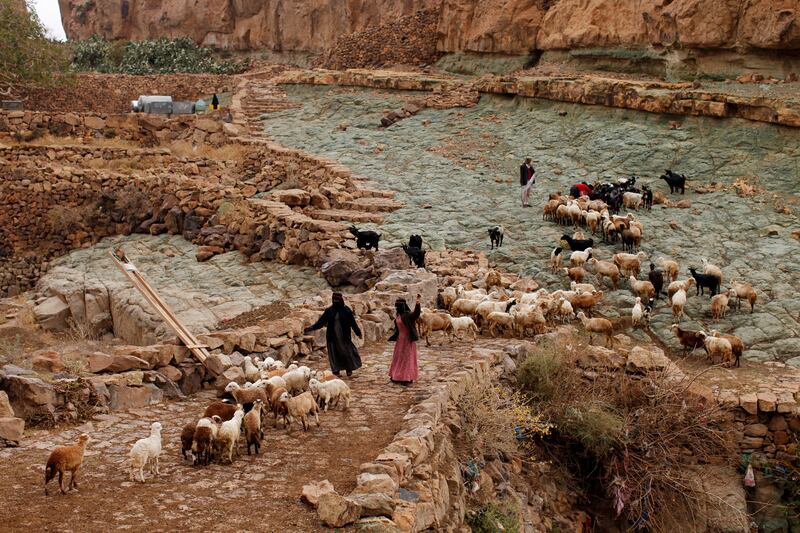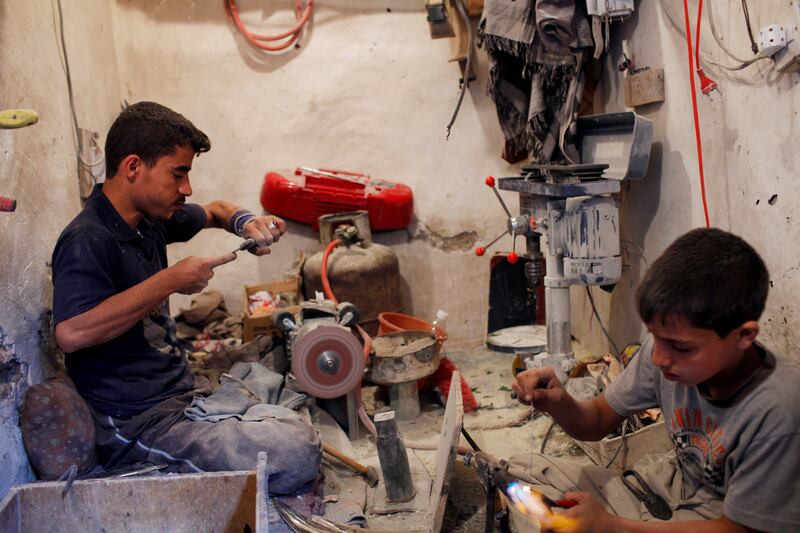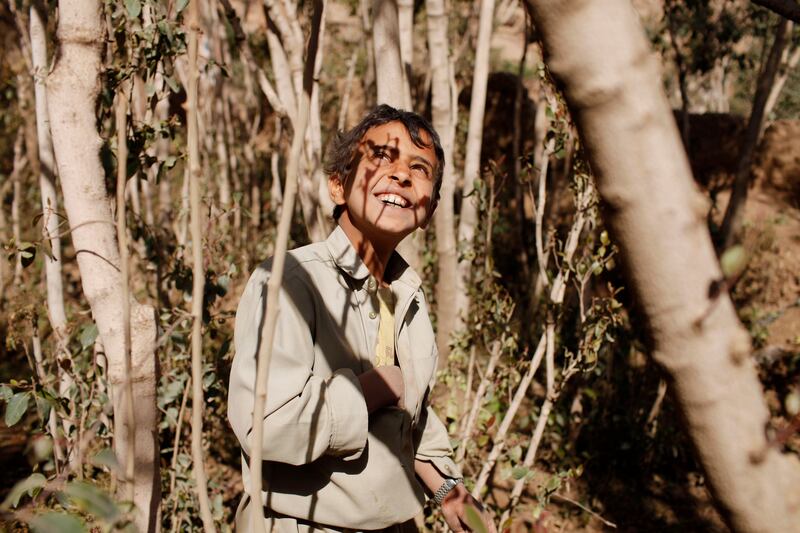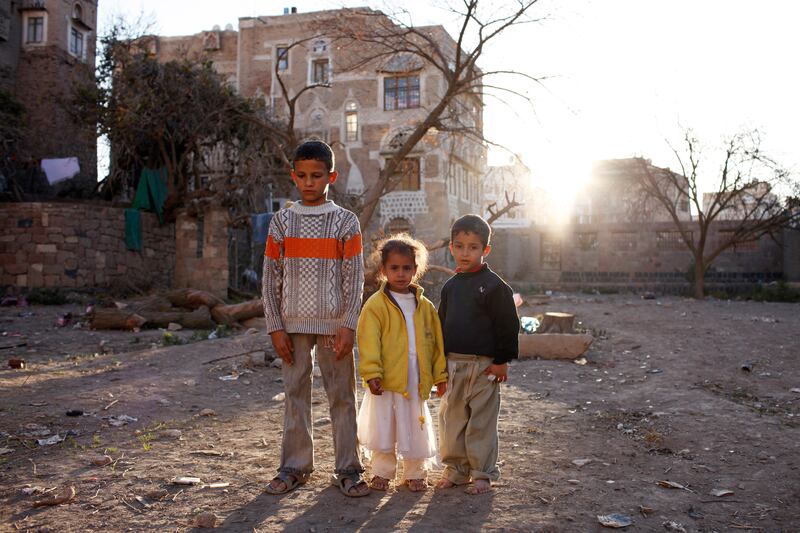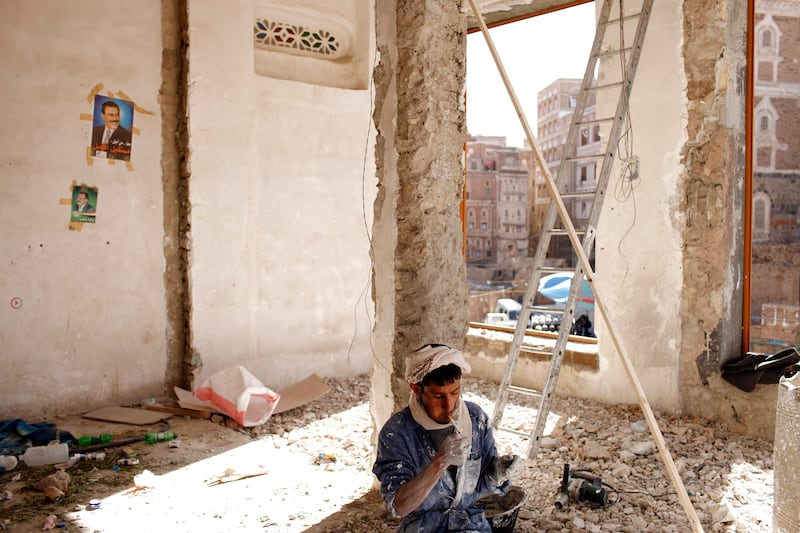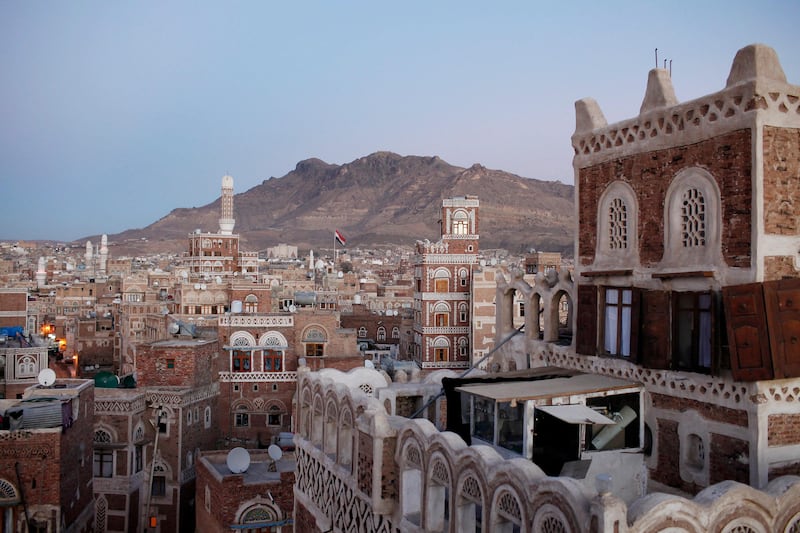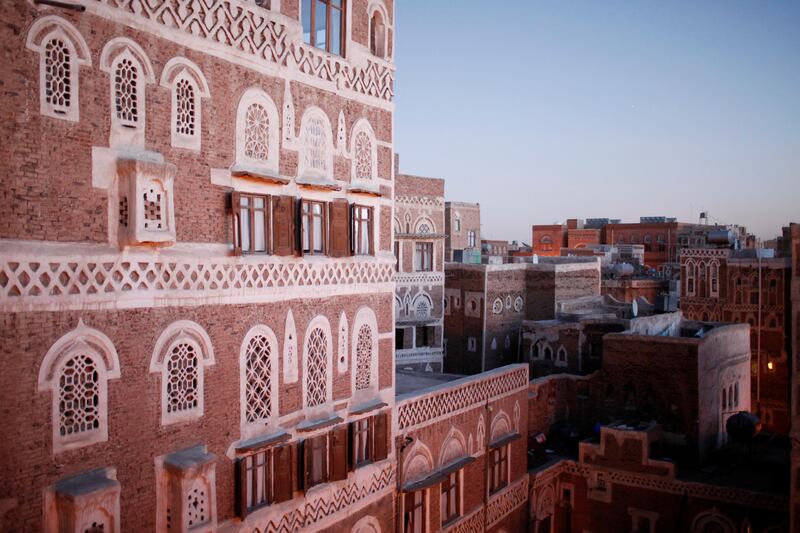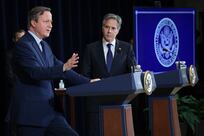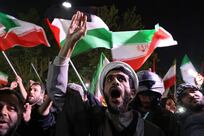What was it like to write the first military history of the UAE at war, using the words of the soldiers, sailors and airmen themselves? This was the task I set myself in writing the forthcoming book 25 Days to Aden, which recounts the climactic struggle to liberate the Yemeni port city of Aden before the commencement of Eid Al Fitr in July 2015.
This was the first battle of the Yemen war, which started when Yemen’s government asked for international support from the UN Security Council and the Arab League. The Gulf Arabs drew a line in the sand to stop Iran-backed Houthi tribesmen from dominating the southern tip of the Arabian Peninsula and seizing the key shipping lanes that connect the eastern and western hemispheres via the Red Sea and the Suez Canal.
In the opening days of the war, the UAE stepped up to help Yemeni resistance fighters to hold the southern port-city of Aden, a strategic outpost on the Indian Ocean that had been the busiest port in the world just decades beforehand. If the Houthis could take Aden, they would not only have overrun Yemen’s second-largest city (in addition to their control of the capital Sanaa) but they would also sit astride a maritime choke point that controlled 20 per cent of global oil traffic. As one special forces soldier told me, the Yemen war was the story of Arab elite forces “fighting a ghost from the mountain, next to the world’s most important seaway”.
The military historian has a big responsibility because she or he is keeping alive the memory of those who gave their lives for their country and for their fellow warriors. At the same time, history must be as perfectly accurate as possible because it is our gift to future generations. This means not only celebrating victories and proud achievements but also confronting hard truths and sad moments, and learning lessons that can help the nation and its soldiers, sailors and airmen face new challenges.
As a result, it took more than five years to meticulously research, write and fact-check 25 Days to Aden. To really, truly understand a battle, one must speak to many participants to work out the events that never made it into the official records, and one must peruse the records to find the things that humans forget. Just as important, a historian also needs to make the closest map study of the terrain and then walk the ground. This is what I did in Aden.
For instance, only by getting on the ground can one really appreciate the extreme topography of the oldest parts of Aden – literally a deep volcanic caldera surrounded by towering thousand-foot cliffs. And only by moving back and forth along the exposed causeway that made up the approaches to Aden’s key terrain – the international airport – can you appreciate how important the UAE’s armoured vehicles were in overcoming the Houthi firepower that defended the airport.
The liberation of Aden began with the Yemeni resistance pinned with their backs to the sea, days from defeat. I interviewed those Yemeni fighters and the UAE special forces who were covertly inserted into the defensive pocket in Aden. The story of the Aden battle is a story of this partnership between Yemenis and Emiratis, who first held the line and then reinforced the defensive area with Emirati Al Forsan rangers and Land Forces artillery, and finally launched a surprise attack on the Houthis that smashed them out of Aden and pursued them for a hundred kilometres in all directions. The UAE Navy and Air Force and Air Defence worked round the clock and under terrible conditions to keep the lines of supply open and to keep up a precise and heavy bombardment upon the enemy. It was a true team effort: the whole nation pulling towards one objective – helping the Yemenis to liberate Aden.
It is unusual for outsiders to be allowed to talk to UAE military personnel about their service but in the course of researching and writing this book, I spent hundreds of hours interviewing and living alongside UAE military personnel. In many cases, I gathered their stories while they were deployed on battlefronts in Yemen, during my visits to the frontlines, and they kindly gave their evenings and down-time to retell the story of Aden from their perspectives. Other times, I visited them with their families back in the Emirates. Reliving the conflict seemed to help them process thoughts and feelings that had been buried since 2015, and I hope they keep talking about the war with each other and their families, to the extent that security allows.
When an outsider spends so much time talking to Emiratis about a sensitive subject such as war, the experience is very instructive about the nation’s mentality towards conflict. UAE military men and women take no joy from the destructive business of war. Like all warriors, they are amazed by the precision and power of modern weapons, but I found a special level of seriousness and maturity in Emirati troops, who genuinely hated the death and misery caused by war. Yet Emirati troops were also undoubtedly good at modern warfare: trained in real conflicts alongside the best western militaries, UAE forces were also blessed with a superior understanding of the local culture in Yemen and with excellent relations with the Yemeni resistance forces.
The story of 25 Days to Aden belongs to the Emirati men and women who fought the battle alongside their Yemeni partners. The book is dedicated to the five UAE troops who were killed in the battle and it is only fitting that the last word of this article goes to one of the exceptional young people who fought in (and survived) the battle of Aden. When I interviewed him, he was looking back after a few years on his war experience as a 27-year-old UAE soldier with good training but seeing battle for the first time. He told me: “After this operation, a real war, my mentality changed completely. I was brought up in this country, with good living standards and education, and then I was suddenly in a war zone, away from my friends and family, my kids. It’s lonely and makes you appreciate life. I saw poverty and suffering in Yemen. It made me appreciate more the need to protect our home.”
“25 Days to Aden: The Untold Story of Arabian Elite Forces at War” will be published by Profile Books this month in both Arabic and English
